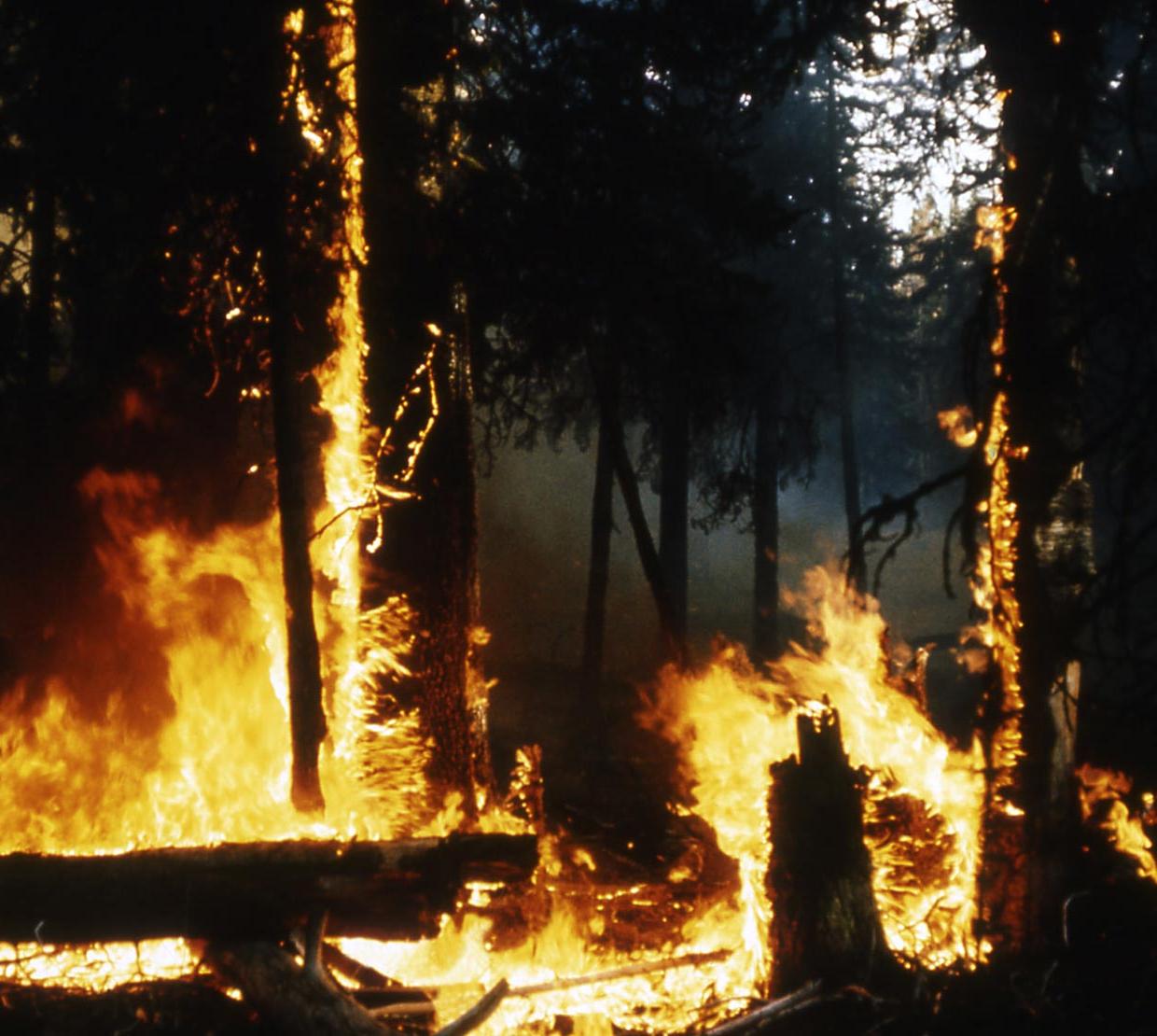Mathematician Patrick De Leenheer and his collaborators have developed a mathematical framework to understand how population-reducing events of varying frequency and intensity, like fires, floods, storms and droughts, can affect a species’ longtime survival ability.
The work by De Leenheer, professor of mathematics, and his research team addresses “critical growth thresholds” for species subjected to random events that immediately and substantially impact the species’ population levels. Edward Waymire, professor emeritus of mathematics is one of the co-authors.
The research is important in part because one of the effects of global climate change is an uptick in these types of events.
“What are the effects of our human operations on populations on this Earth?” De Leenheer said. “We only have one Earth, so we should be concerned about that.”
The predictive modeling research builds on earlier work by De Leenheer and Oregon State collaborators that looked at river flooding’s effects on three insect species and savanna fires’ impact on a perennial grass.
“That earlier model shows promise for predicting population dynamics after multiple disturbance events and for management of river flows and fires,” said De Leenheer.
“The main objective was to determine via simulations when a population was resilient enough to withstand these disturbances and when it was not.”
That paper, published last year in Ecology Letters, did not address the randomness of events’ occurrence, but the latest work, in the Journal of Mathematical Biology, does.
“This class of models is larger than the previous one and also considers a worst-case scenario,” De Leenheer said. “We don’t incorporate possible habitat improvements associated with certain disturbance events. Our main goal was analyzing when these models predict population extinction or persistence.”
The analysis identified specific ecological and disturbance parameter combinations for which “threshold values can be determined such that when these thresholds are crossed, the system’s extinction or persistence behavior changes fundamentally,” he said.
“That’s a key feature of these models,” De Leenheer said. “They provide precise conditions for which the mortality rate due to the frequency and magnitude of these episodic disturbances exceeds the natural, net growth rate of a population. The thresholds mark a boundary between a persisting population of fluctuating size and one that becomes extinct at an exponentially fast rate.”
The research provides a framework for biologists and other life scientists to better understand how a particular system behaves when it gets disturbed in ways that aren’t predictable, or are predictable only in certain terms.
“Scientists have hypothesized how big swings in temperature affect natural populations, and this research provides some answers,” De Leenheer said. “The intensity and the frequency of disturbances define precise thresholds on ecological parameters that determine whether a population will go extinct.”
Read the full article here.



